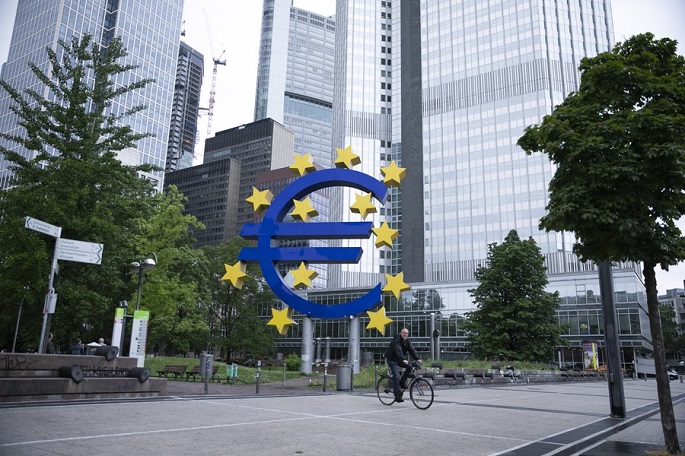Eurozone inflation rebounds to 2.6% in May
Published : 01 Jun 2024, 00:20
The Eurozone's yearly inflation rate should be reaching 2.6 percent in May, according to preliminary data published on Friday by Eurostat, the European Union's (EU) statistical bureau, reported Xinhua.
The Eurozone's inflation rate stood at 2.4 percent in April and March, and had been on an overall declining curve in recent months.
The main driver of inflation in May is the price of services, which stands at 4.1 percent, compared with 3.7 percent in April.
Yearly inflation for food, alcohol and tobacco should reach 2.6 percent, down from 2.8 percent the previous month.
Non-energy industrial goods' yearly inflation rate is expected to stand at 0.8 percent, down from April's 0.9 percent.
The price of energy should record a positive year-on-year inflation rate of 0.3 percent in May, up from -0.6 percent last month.
Countries with the highest inflation rates in May include Belgium with 4.9 percent, Croatia with 4.3 percent, and Portugal with 3.9 percent.
This increase in the Eurozone's inflation rate, which has been on a constant downwards trend for months, "illustrates that the final throws of getting inflation back to target are not necessarily easy," ING's Senior Economist for the Eurozone Bert Colijn said.
"While the European Central Bank seems set to lower rates next week, the debate over how much the ECB can release the brakes on the economy over the rest of the year will be heated," Colijn said.
Factors to be taken into account include a hot labour market, continued supply chain disturbances, and a recovery of purchasing power, according to Colijn.
In April, the European Central Bank (ECB) decided to leave key interest rates unchanged and the possibilities open for a rate cut in June.
After months of pause, experts widely believe that the ECB's key interest rate will shortly be cut for the first time. "If the inflation forecasts and the new data confirm our present view, then a rate cut in June is likely," ECB executive board member Isabel Schnabel said.
"The question remains: how many cuts can follow, and the May inflation serves as a warning that next week might not mark the start of a traditional cutting cycle," Colijn said.


